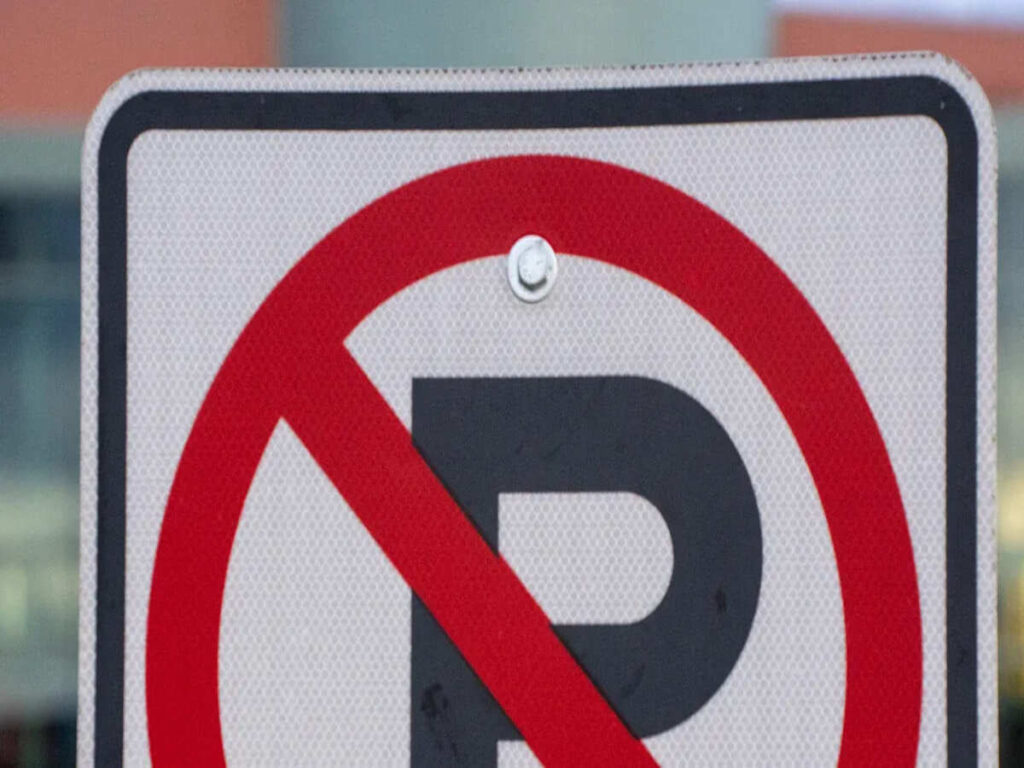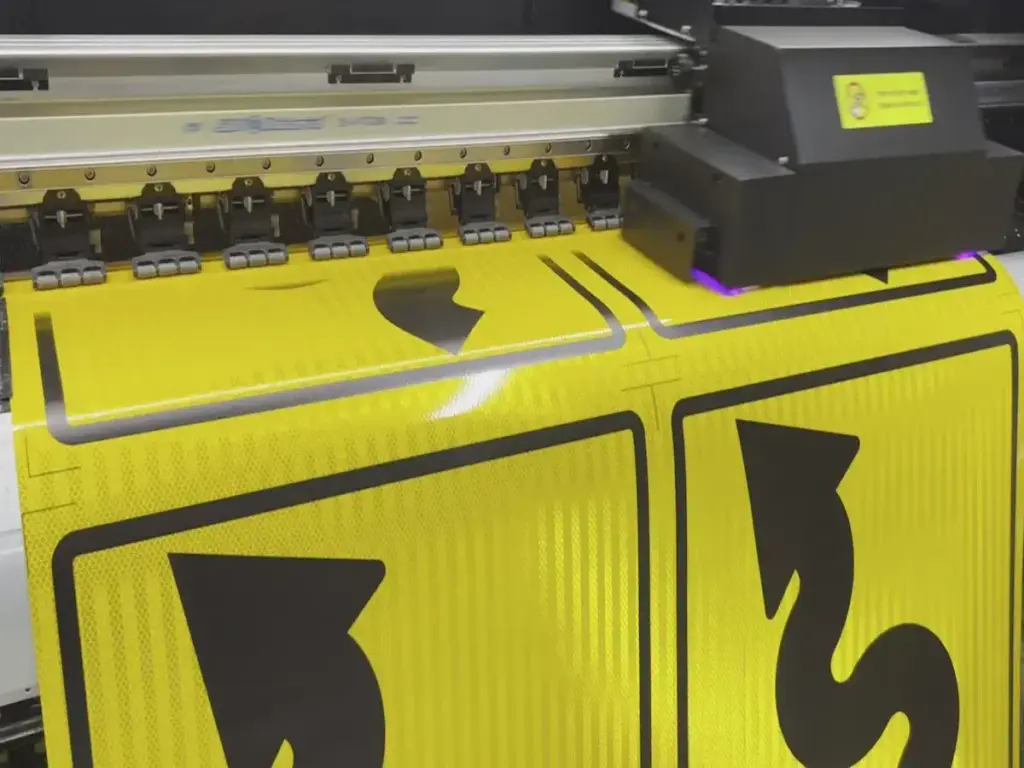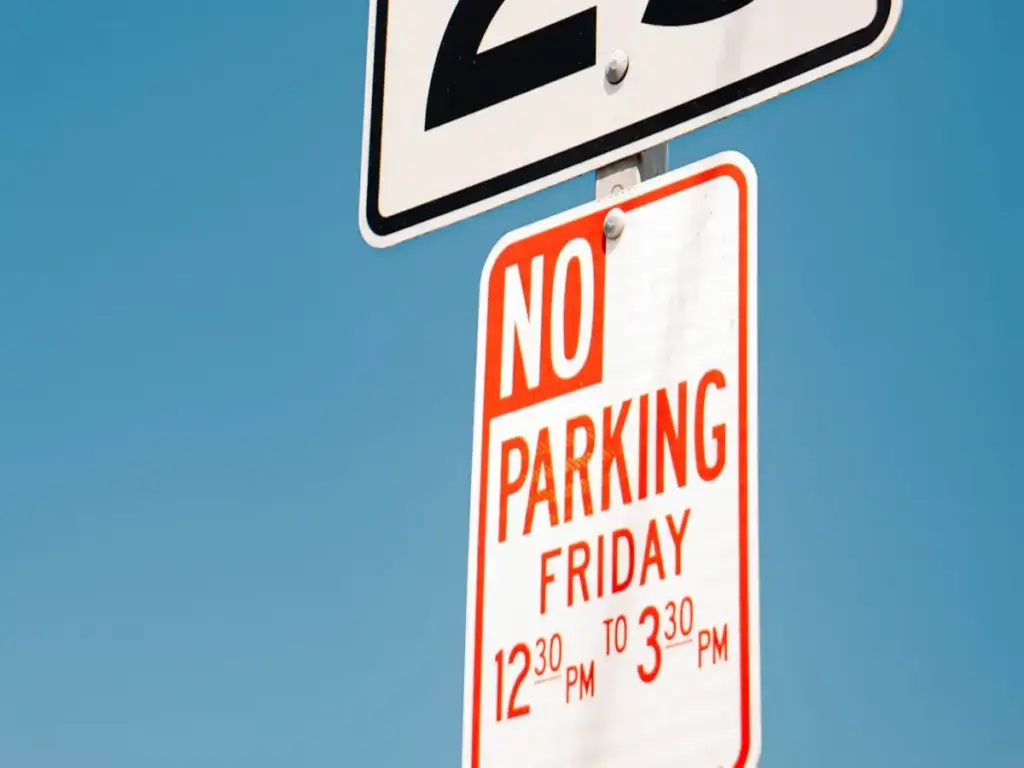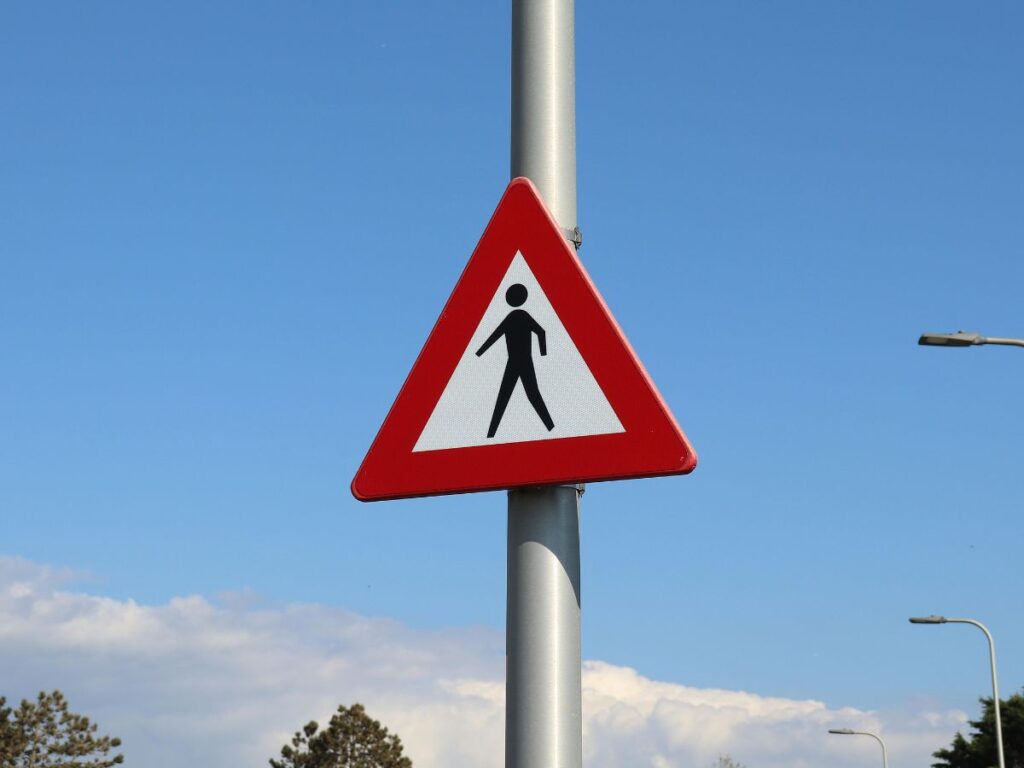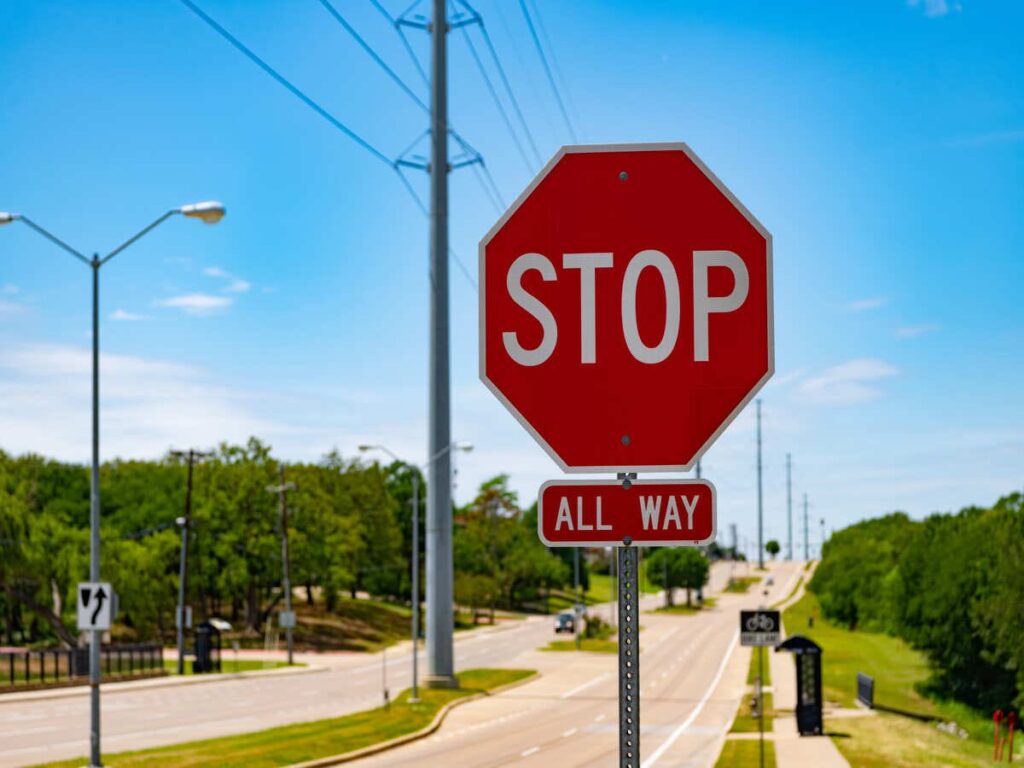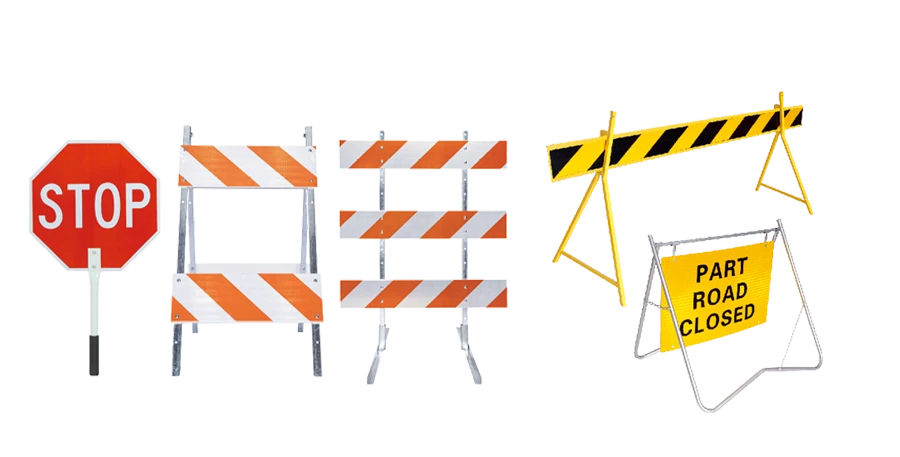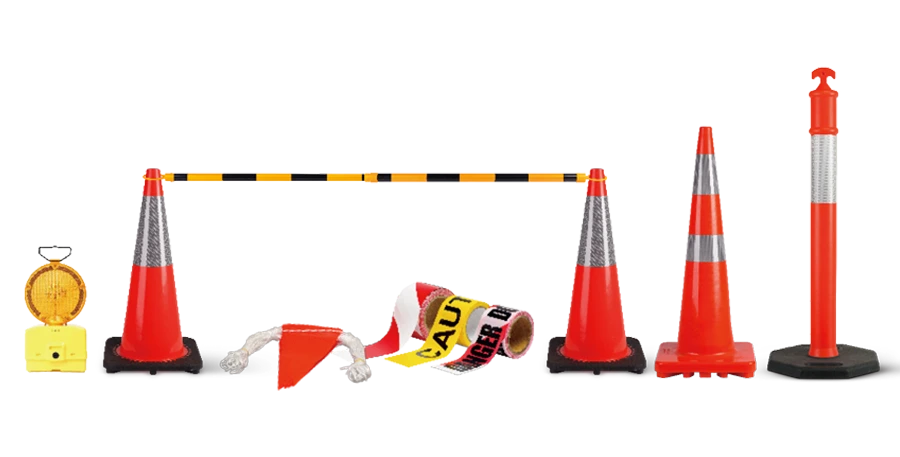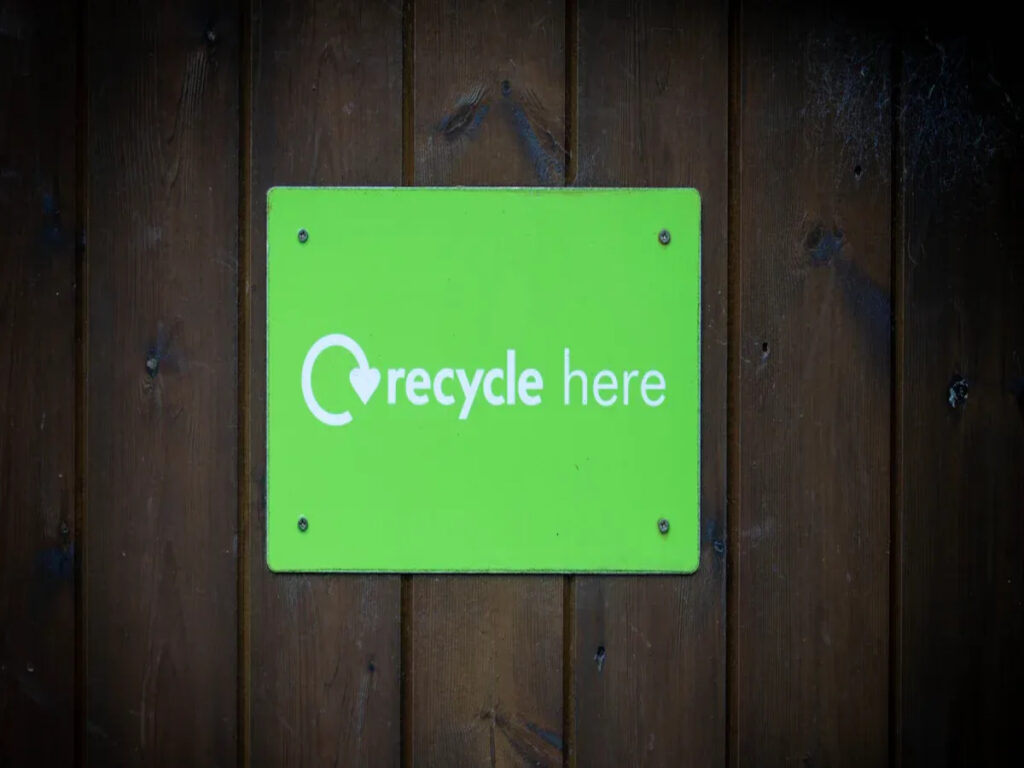
Traffic sign manufacture in the UK has increasingly prioritised environmental concerns. Many organisations now select eco-friendly signage materials to support sustainability and protect the planet. Sustainable signage benefits the environment while maintaining public safety. Traffic safety signs produced through traffic sign manufacture using recycled materials significantly reduce waste. Safety remains the foremost priority. Sustainable signage contributes to cleaner streets and safer journeys. Traffic safety signs created with green methods through responsible traffic sign manufacture also benefit local communities. The introduction of new materials in traffic safety signs enhances road safety for all.
At OPTRAFFIC, we are committed to sustainable traffic sign manufacture. Our eco-friendly signage solutions not only meet high safety standards but also help reduce environmental impact. By using recycled materials and green manufacturing methods, we contribute to a safer and more sustainable future. Explore our range of eco-conscious traffic signs today.
Key Takeaways
- UK traffic sign makers follow strict rules. These rules help protect the environment. They also help keep roads safe. Makers use strong materials. They check signs often to make sure they are safe.
- Many councils pick eco-friendly signs. These signs use recycled aluminium, plastics, and certified timber. This helps cut down on waste. It also helps support sustainability.
- ISO 14001 certification shows that makers care about the environment. They try to use less energy and make less waste. They also try to lower their impact on the environment when making signs.
- Low-impact coatings and recyclable materials help signs last longer. They also help cut down on pollution. These materials make it easier to recycle signs when they are old.
- New technologies and materials make signs safer and stronger. They also help cities have cleaner air and safer roads.
Environmental Considerations in Traffic Sign Manufacture
UK Regulations and Standards
Traffic sign manufacture in the UK must follow strict rules. These rules protect the environment and keep roads safe. The Traffic Signs Regulations and General Directions (TSRGD) explains how to design, place, and look after traffic safety signs. Local councils have to care for roads and signs because of the Highways Act 1980. The Department for Transport gives advice in the Traffic Signs Manual. British Standards decide how good materials like galvanised steel and aluminium must be. These materials need to last a long time and stand up to bad weather.
- Reflective sheeting on traffic safety signs must meet UK standards like RA1 and RA2 for brightness and strength.
- All reflective materials must have a CE mark to show they are safe.
- Different reflective sheets, such as fluorescent or engineer grade, help people see signs in different places.
- Suppliers must use approved materials and make sure signs are the right size and height.
- Regular checks keep signs safe and easy to see, which helps road safety and follows the law.
Both permanent and temporary traffic safety signs must follow these rules. Inspections about every six months help find damage early. This keeps roads safe and signs clear. Good materials and care help the environment and support sustainability.
Green Procurement Practices
Green procurement means picking products that are better for the environment. Many councils and highways authorities now use green procurement when buying traffic safety signs. They follow the Government Buying Standards, which set rules for being kind to the environment. These standards tell buyers to choose signs made from recycled or sustainable materials. Using recycled aluminium or plastics in traffic sign manufacture helps cut down waste and lower harm to the environment.
Sustainable signage made from eco-friendly materials helps the environment and keeps roads safe. Councils have started using these ideas in real projects. For example, some local authorities now buy only signs that meet green standards. This change helps lower the carbon footprint of road projects. It also shows they care about the environment and supports the Environmental Sustainability Strategy for roads.
Note: Green procurement helps the environment and can save money over time. Signs made from strong, recycled materials last longer and need fewer replacements.
ISO 14001 Certification
ISO 14001 is a worldwide standard for environmental management systems. Many UK traffic sign manufacturers try to get this certification. It shows they care about the environment and use good practices in making signs. The certification process has several steps:
| ISO 14001 Clauses | Description |
|---|---|
| Clause 4: Context of the organisation | Understanding inside and outside issues that affect EMS |
| Clause 5: Leadership | Commitment and leadership roles in EMS |
| Clause 6: Planning | Environmental aspects, risks, and goals |
| Clause 7: Support | Resources, skills, awareness, communication |
| Clause 8: Operations | Planning and control of operations |
| Clause 9: Performance Evaluation | Checking, measuring, and reviewing how things work |
| Clause 10: Improvement | Always making the EMS better |
Manufacturers start with a gap analysis to see what needs to change. They then make a plan and set up an Environmental Management System (EMS). This system checks how making signs affects the environment and sets goals to do better. Internal audits and outside checks make sure the EMS works well. Certified manufacturers use less energy, make less waste, and pick better materials. This helps the environment and supports sustainability in traffic sign manufacture.
Traffic safety signs made by ISO 14001-certified companies often use recycled materials and eco-friendly coatings. These steps make signs safer and easier to see while helping the environment. Over time, these actions help lower emissions and support a greener future for roads.
Eco-Friendly Signage Materials
Recycled and Sustainable Materials
Traffic safety signs in the UK now use many recycled and sustainable signage materials. These materials help the environment and support sustainability. Manufacturers pick recycled aluminium, recycled plastic, and FSC®-certified timber for eco-friendly signage materials. Each material has special benefits for safety, visibility, and protecting the environment.
| Material | Description & Use in UK Traffic Signs | Environmental Benefits & Considerations | Pros | Cons |
|---|---|---|---|---|
| Recycled Plastic | Used for many traffic safety signs, highly recyclable | Reduces crude oil use, lowers energy and greenhouse gases | Weather-resistant, low maintenance, highly recyclable | Limited colours and textures |
| FSC®-Certified Timber | Timber from well-managed forests, used for sustainable signage | Renewable, biodegradable, supports communities | Natural look, flexible design, long-lasting with care | Needs maintenance, careful sourcing |
| Recycled Aluminium | Common in traffic safety signs, high recycled content | Highly recyclable, reduces environmental impact | Lightweight, rust-resistant, strong | Energy-intensive to produce, can dent if thin |
| Corten Steel | Weathering steel, distinctive rusty finish, gaining popularity | Durable, low maintenance after rust layer forms | Strong, weather-resistant, no painting needed | Heavy, rust runoff can stain |
| Bamboo (Under Review) | Potential sustainable material, not widely used yet | Fast-growing, renewable, but supply chain concerns | Rapidly renewable | Transport emissions, supply chain issues |
Recycled aluminium is a very important sustainable signage material. Recycling aluminium uses about 95% less energy than making new aluminium. This saves lots of energy and lowers greenhouse gas emissions. Aluminium can be recycled many times and still stay strong. Using more recycled aluminium in traffic safety signs keeps waste out of landfill. It also means less need for new aluminium. Recycled plastics are also important for sustainable signage materials. They help save energy and cut down on new plastic use. FSC®-certified timber gives signs a natural look and helps forests.
Sustainable signage materials make roads safer and easier to see. They also help the environment. Councils and highways authorities now use these materials for new projects. This helps sustainability and makes roads safer.
Recyclable Components
Many traffic safety signs use materials that can be recycled when they are old. Aluminium and polycarbonate are two common recyclable components in sustainable signage. These materials stay strong and good even after being recycled many times. Polycarbonate is tough and clear, so it is good for traffic safety signs. Aluminium is light and does not rust, which is good for sustainable signage.
Recycling and reusing materials helps cut down on waste. Some manufacturers now make traffic safety signs that are 100% recyclable. These signs use only recyclable materials like aluminium frames and polycarbonate faces. Councils collect old signs and send them to be recycled. This keeps useful materials in use and helps the circular economy. Recyclable components help lower the environmental impact of traffic safety signs and support sustainability goals.
Tip: Using recyclable materials for traffic safety signs helps councils reach environmental targets and cut down on landfill waste.
Low-Impact Coatings
Coatings protect traffic safety signs from weather, sunlight, and pollution. Low-impact coatings make signs last longer and easier to see. They also help the environment. Manufacturers use different coatings to meet strict environmental rules.
| Coating Type | Characteristics and Benefits | Environmental Contribution |
|---|---|---|
| Polyester-Based | Durable, excellent UV resistance, keeps colour and gloss | Long-lasting, reduces maintenance and replacement |
| Epoxy-Based | Strong adhesion, corrosion resistance, less UV resistant | Increases lifespan, lowers environmental impact |
| Hybrid | Mix of polyester and epoxy, durable, UV and corrosion resistant | Extends lifespan, reduces environmental footprint |
| Environmental Impact | Minimal waste, no VOCs, meets regulations | Reduces air pollution and waste, supports eco-friendly roads |
Polyester-based coatings keep signs bright and clear for a long time. Epoxy-based coatings stop rust and damage. Hybrid coatings mix the best parts of both. These coatings do not let out harmful chemicals into the air. They help keep the environment clean and safe. Low-impact coatings mean signs last longer and need fewer replacements. This cuts down on waste and helps sustainability.
Sustainable signage materials and low-impact coatings work together to make roads safer and easier to see. They also help the environment and support recycling. Councils and manufacturers now focus on these ideas to make roads safer and greener.
Sustainability in Production and End-of-Life
Energy-Efficient Manufacturing
Many UK manufacturers now use less energy to make signs. They want to help the environment and be more sustainable. Some factories use solar or wind power to run their machines. A few companies use digital printing to make signs. Digital printing uses less energy and fewer materials than old ways. These changes help lower the carbon footprint and support net zero goals. Manufacturers watch how much energy they use. They try to find better ways to save energy and cut down on pollution. By using less energy, they help protect the planet and make sustainable signage possible.
Waste Reduction and Recycling
Cutting down on waste is very important for sustainable signage. Manufacturers try to use all their materials and not waste anything. They design signs so there is less leftover material. Many factories have special places to recycle extra bits. Workers sort out aluminium, plastics, and other things for recycling. Some companies use closed-loop systems. In these systems, old signs are turned into new signs. This helps with recycling and lowers the carbon footprint. Reducing waste and recycling keeps good materials out of landfill and helps the environment.
Tip: Closed-loop recycling lets companies use the same materials many times. This helps them reach net zero emissions.
End-of-Life Management
End-of-life management makes sure old traffic signs do not hurt the environment. Councils collect old signs and send them to recycling centres. At these centres, workers separate aluminium and polycarbonate for recycling. This helps with sustainable signage and protects the environment. Manufacturers make signs that are easy to recycle when they are old. This matches the ideas of the circular economy. By thinking about end-of-life, the industry helps with sustainability and net zero goals. Recycling and safe disposal lower the harm of traffic signs on the planet.
Future Trends in Environmental Traffic Signage
Technological Innovations
New technology is changing how traffic safety signs are made and used. Companies now put energy-saving LED lights in signs. These lights use less power and save money. Many signs have AI and IoT systems. These systems let signs send updates right away. They help fix problems before signs break. Some companies, like Newline Interactive, use smaller parts that can be recycled. This means less packaging waste and less pollution from transport. Signs with modular and upgradable designs last longer and make less rubbish. Energy Star and RoHS certifications show care for the environment. Working together in transport helps lower CO2 emissions. These new ideas make traffic safety signs safer and more dependable.
- Real-time monitoring helps keep signs safe and easy to see.
- Modular designs help signs last longer.
- Recyclable materials are better for the environment.
Advances in Materials
Material science has brought big changes to traffic safety signs. New reflective materials, like photonic crystals and electrochromic films, let signs change how bright they are. This helps people see signs in all kinds of weather. Smart signs now use wireless sensors to react to road conditions. These new materials mean signs last longer and do not need to be replaced as often. This helps the environment.
| Reflective Material Class | Technology Used | Retroreflectivity Range (cd/lx/m²) | Visibility Range (meters) | Durability (years) | Typical Use Cases |
|---|---|---|---|---|---|
| RA1 (Engineer Grade) | Glass bead technology | 50–90 | Up to ~150 | 3–5 | Temporary signs, low-speed urban roads |
| RA2 (High-Intensity Prismatic) | Microprismatic lenses | 100–250 | Up to ~250 | 7–10 | Permanent urban highways, regulatory, construction |
| RA3 (Diamond Grade or VIP) | Full cube-corner prismatic optics | >300 | Over 300 | 10–12+ | Expressways, tunnels, large guide and warning signs |
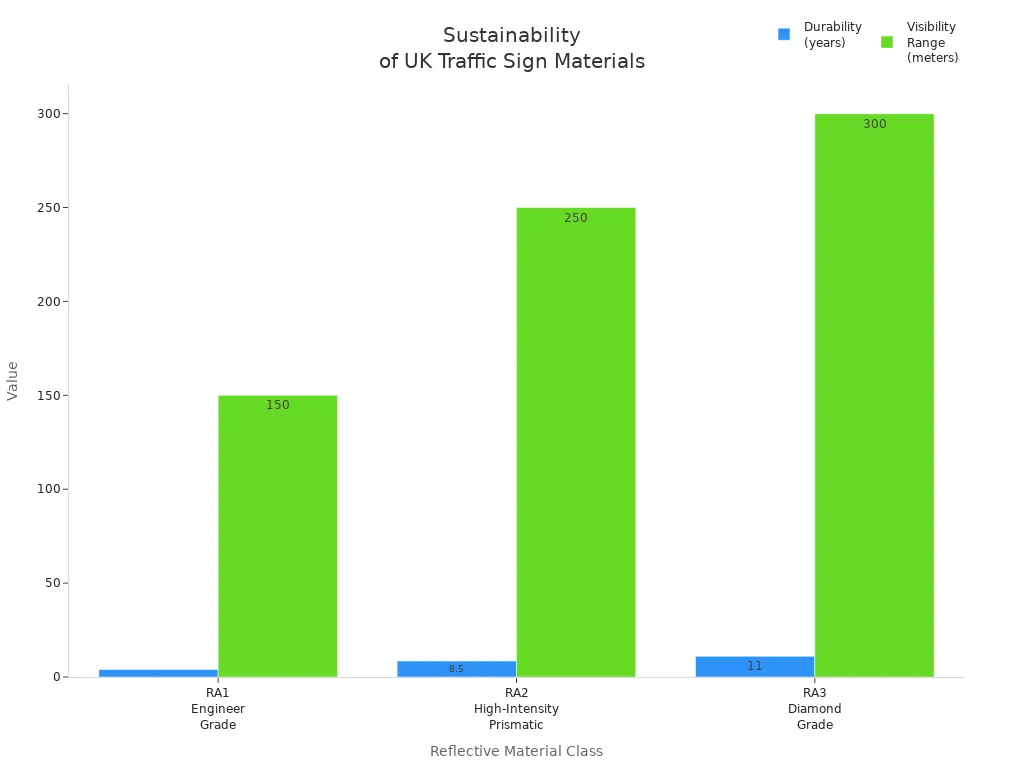
Signs are tested for fungus, weather, and damage. This makes sure they stay strong and clear. Some signs can last up to 30 years, depending on where they are. These changes help keep everyone safe and able to see signs.
Urban Sustainability Goals
UK cities have set big goals to help the environment and keep people safe. They want to cut road deaths and injuries by half. Cleaner air is important, so they plan to lower pollution from cars by 2030. Cities also want people to be healthier and live longer. They work to make roads safe for everyone, including walkers and cyclists. Planners want roads and signs to handle bad weather. The government wants net-zero carbon emissions by 2050. More people now walk or cycle, so signs must help them too. Cities use Ultra-Low Emission Zones and Low Traffic Neighbourhoods to reach these goals. These steps make roads safer and help everyone see signs better.
Note: Urban sustainability goals help shape the future of traffic safety signs. They focus on safety, cleaner air, and healthy communities.
UK traffic sign manufacture now uses good environmental and sustainability practices.
- Manufacturers pick strong materials that save energy and last a long time.
- Regular checks and smart technology help signs stay in use longer and make less waste.
- Local councils keep track of repairs so signs do not get replaced too soon.
- Programmable and wireless digital signs help bring new ideas all the time.
When industry groups use sustainable business practices, they use resources better, make roads safer, and help the planet become greener.
FAQ
What materials do UK manufacturers use for eco-friendly traffic signs?
Manufacturers use recycled aluminium, recycled plastics, and FSC®-certified timber. These materials help cut down on waste. They also help the environment. Many councils now pick these sustainable options for their signs.
How do councils recycle old traffic signs?
Councils gather old signs and take them to recycling centres. Workers sort out aluminium and polycarbonate. These materials are used again to make new signs or other things.
Why is ISO 14001 important for traffic sign manufacturing?
ISO 14001 helps companies look after the environment. Certified companies use less energy and make less waste. This standard helps the industry be more sustainable.
How do low-impact coatings help the environment?
Low-impact coatings keep signs safe from weather and sunlight. These coatings do not let out harmful chemicals. They help signs last longer and mean fewer need replacing.
What are the benefits of sustainable business practices in traffic sign production?
Sustainable business practices help companies use resources well. They lower emissions and cut down on waste. These practices also help keep the environment cleaner and meet government goals.

